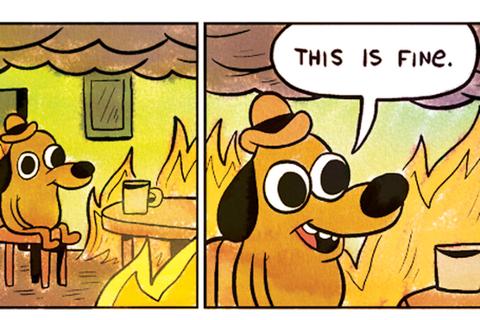With five very different generations currently in the workplace (including the arrival of
Generation Z), getting everyone to work together effectively often depends on the skills of the team’s leader. “Each generation has different markers, ways of communicating and thinking,” explained Jim Stewart PMP, PMI-ACP, CSM and principal of JP Stewart Associates, a project management consultancy. “The problem comes from not respecting those differences.” Having an age-diverse workforce can work in your favor, but dealing with different opinions and problem-solving approaches isn’t easy. We asked experienced tech leaders to share their favorite techniques for leveraging the power of a modern, multi-generational project team.
Check Your Biases at the Door
Unfortunately, some PMs believe in the 80/20 rule, noted Wally Johnson PMP, CSM and senior project manager with AbleVets. In other words, they think the bulk of the company’s results come from a small number of players. “They judge new team members based on their age or appearance and automatically assume that most of the contributions will come from a handful of people,” he said. “The reality is that everyone has something to contribute.” Don’t make assumptions based on generational stereotypes or myths. Challenge yourself and your team members to judge people on their results and output, not their age or quirky habits (such as using a flip phone or preferring email over texting).
Build the Team First
High-performance teams don’t just happen. They result from the deliberate actions of leaders, who set the right environment and tone for open communication and respect from the outset. Be approachable and use self-disclosure to get the conversational ball rolling. For example, Johnson likes to tell teams that he’s a former engineer who worked with COBOL, which usually sparks some laughter. (COBOL is a very old language.) When a team is generationally diverse, he boldly acknowledges the elephant in the room. “You can break down barriers by encouraging people to share their perceptions and differences in values or communication styles right off the bat,” he said. To avoid generational conflict, use team-building events and activities to encourage interaction between the Baby Boomers and Millennials. Encourage and establish information-sharing practices, peer coaching and mentoring, and rotate leadership duties. Setting expectations for how communications will take place, and addressing barriers or issues before they arise, are the secrets to keeping a multi-generational team focused and performing.
Practice Servant Leadership
Highly effective team leads, PMs and tech managers often practice
servant leadership, which features (among other things) roundtable discussions and member equality, as well as a unified focus on the mission. Solicit diverse opinions and iterate potential solutions; this includes calling on team members who seem quiet or reluctant to weigh in. Encourage people to disagree while showing respect for the opinions and ideas of others; this will establish a clear direction for the team. Servant leadership is effective because the leader doesn’t take a “throne view.” Instead, they see themselves as coaches and enablers who succeed by recognizing and unleashing each team member’s potential. For this reason, servant leadership has not only been used in
startups; successful companies such as Whole Foods, UPS and Ritz Carlton have also implemented it.
Leverage Strengths and Shore Up Weaknesses
Since time is of the essence when starting a new project, experienced leaders gather feedback about team members from a previous lead or PM before scheduling brief one-on-one performance strategy sessions and making assignments. However, they don’t prejudge; they listen and give everyone an equal opportunity to prove themselves. For instance, they empower people by doling out assignments based on individual strengths and interests, and they motivate team members by co-authoring a plan to improve weaknesses, such as integrating new coding tools or testing practices into their daily regime. “Form opinions about team members by observing them under working conditions,” Stewart advised. “I’ve learned not to make assumptions about someone’s capabilities based on the generation they belong to.”



